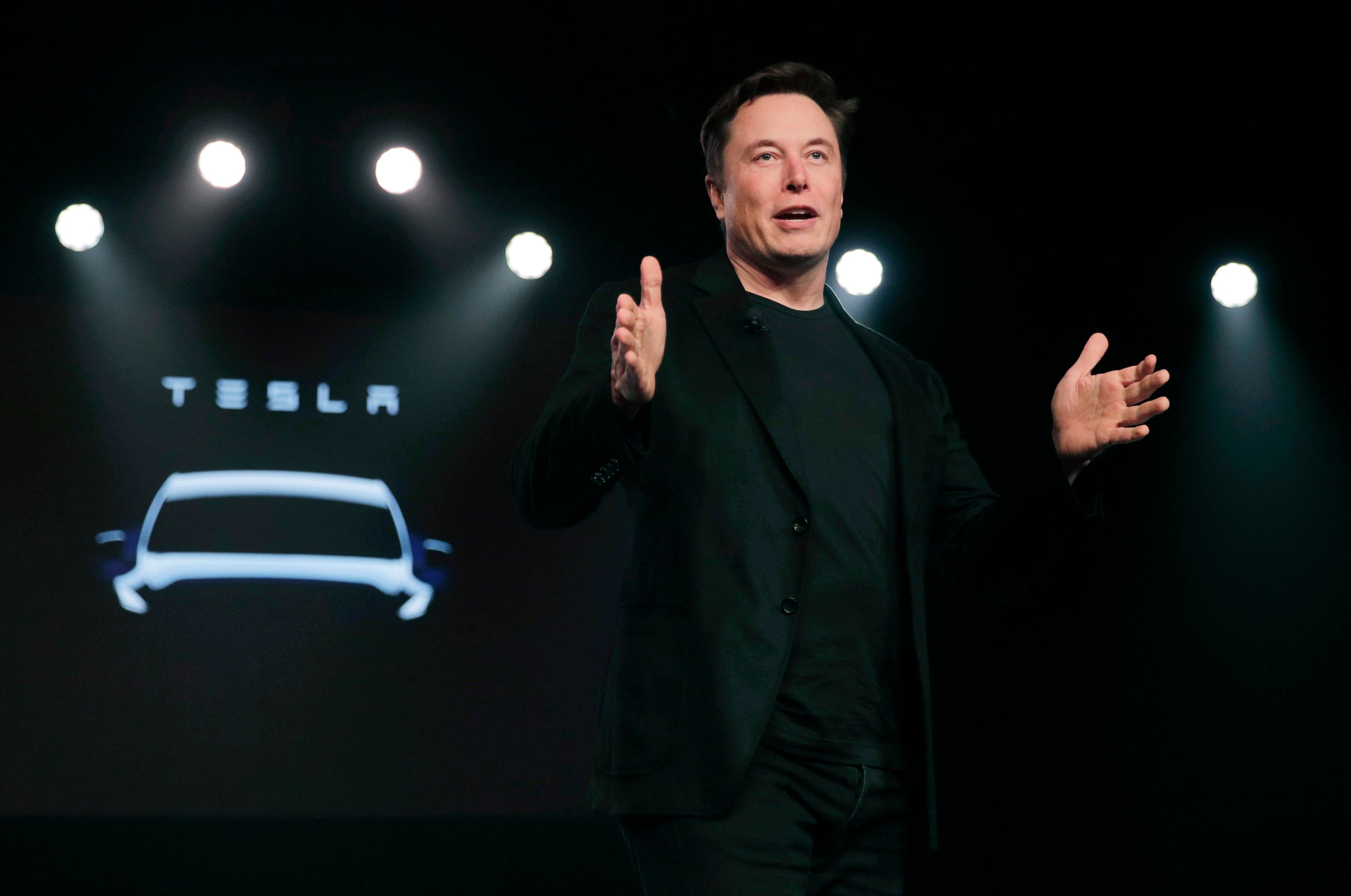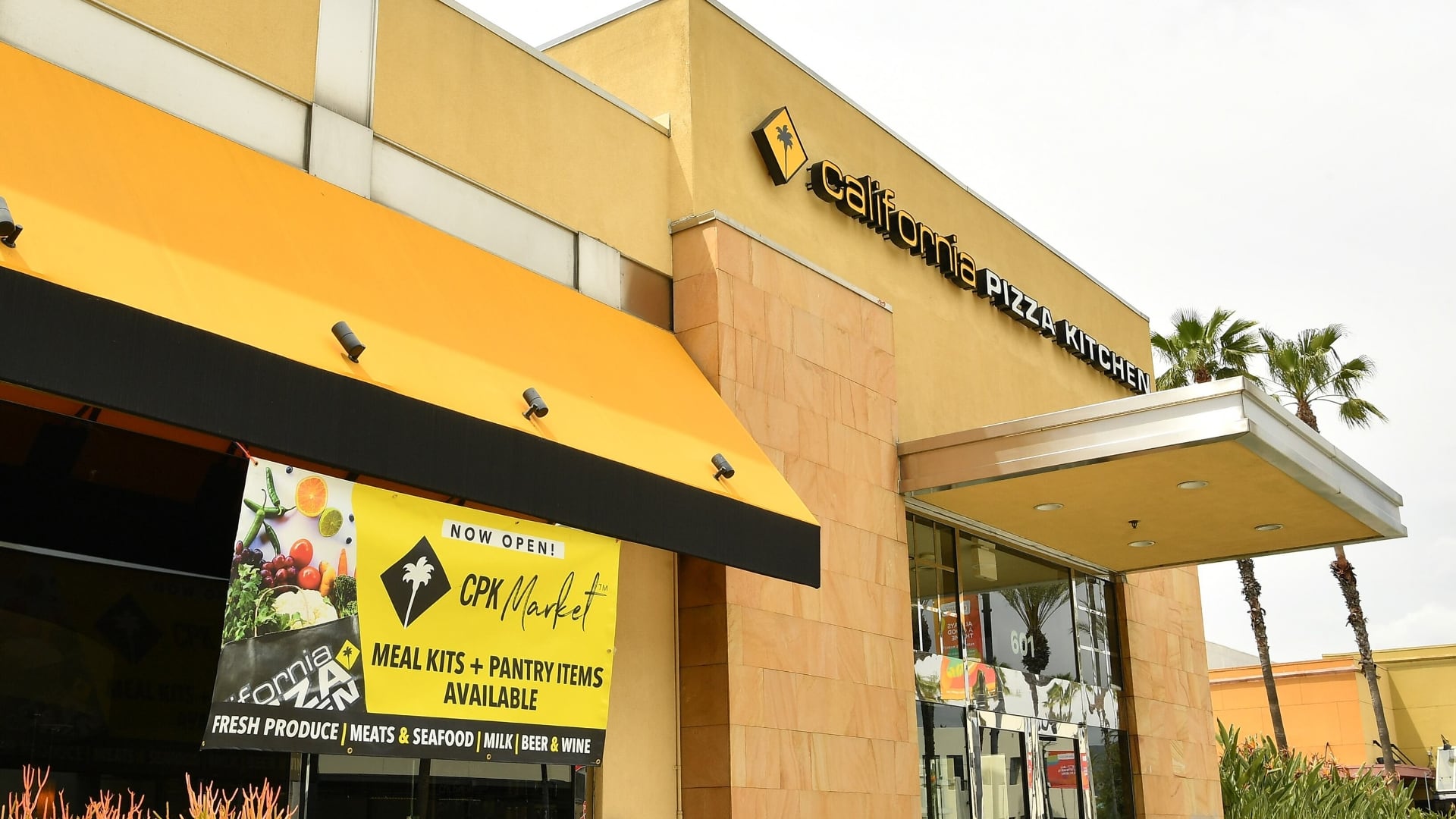During the coronavirus pandemic, nearly 50 million Americans have filed for unemployment benefits. Because of a provision in the $2.2 trillion CARES Act, the coronavirus relief package passed by Congress and signed by the president in March, that unemployment insurance comes with an additional $600 a week.
But that extra money will run out at the end of July unless Congress acts quickly. That concerns some economists who see a worsening labor market if that pandemic unemployment assistance (PUA) program expires.
"If you have millions of people who have a lot less money to spend, then they stop spending, they're not buying the goods and services that they otherwise would have," Economic Policy Institute Policy Director Heidi Shierholz told Cheddar. "And then the workers that would have provided those goods and services for them, they lose their jobs."
The average weekly unemployment benefit in the U.S. is $342. With an additional $600 every week, unemployed Americans are receiving, on average, $942 per week.
According to Sheirholz, that extra $600 has been propping up the economy. With it, people are able to maintain the standard of living they enjoyed prior to the pandemic. But without it, they'll stop spending. Demand will drop and so will the related demand for workers. As a result, more people will be unemployed with fewer opportunities to get back into the workforce.
Still, she maintains that unemployment insurance is working.
"Macroeconomists will do estimates of the bang-for-the-buck of various stimulus spending like tax cuts or UI benefits or aid to state and local governments," Sheirholz explained. "Spending on unemployment insurance is at the top of the list. It's just the best, most targeted way we can get money into the economy."
On Wednesday, Senate Democrats proposed extending the extra benefits as long as unemployment rates stay above 11 percent and phase out as it goes down.
However, some economists differ from Sheirholz and believe that the PUA program has disincentivized people from returning to the workforce.
That is an argument that played out on the floor of the Senate in March, as lawmakers debated the CARES Act and conservative Senators raised concerns that additional unemployment funds would slow recovery.
According to analysis from the University of Chicago, more than two-thirds of Americans are receiving more in unemployment benefits than they did in wages. About 20 percent are receiving double their pre-coronavirus wages.
That is largely why there has been a reluctance to extend the program.
Sheirholz is quick to downplay those concerns.
"If somebody is offered their prior job, they can't stay on their benefits. If you get offered suitable work, you don't get benefits anymore," she explained.
Despite a lack of enthusiasm to extend PUA benefits in Congress and at the White House, there has been some movement on extending the program. The House passed the HEROES Act in May, which would extend pandemic unemployment assistance an additional six months, through January 2021.
Maine Congresswoman Chellie Pingree explained in a statement: "The HEROES Act would support Americans suffering these devastating losses in several ways, including by extending Pandemic Unemployment Benefits through 2021 and providing a second round of stimulus payments in this bill."
Still, the Republican-led Senate has not taken up the bill. In fact, the HEROES Act has been widely criticized by Republicans. Senator Mitch McConnell, the Republican leader in the Senate, has said that the next relief bill will be crafted in the Senate with the input of the White House and Democrats and will be the final bill for coronavirus relief.
Meanwhile, millions of Americans await clarity on whether their funds will be running out in a few short weeks or not.
Congress only has two weeks of work scheduled in July — a short time frame to extend pandemic unemployment assistance to the millions of Americans still collecting those benefits.
Sheirholz warned that losing these benefits will have effects beyond individuals who are receiving unemployment insurance.
"We will all lose out if those benefits are allowed to run out because it will be a drag on the macroeconomy and hurt our recovery."












